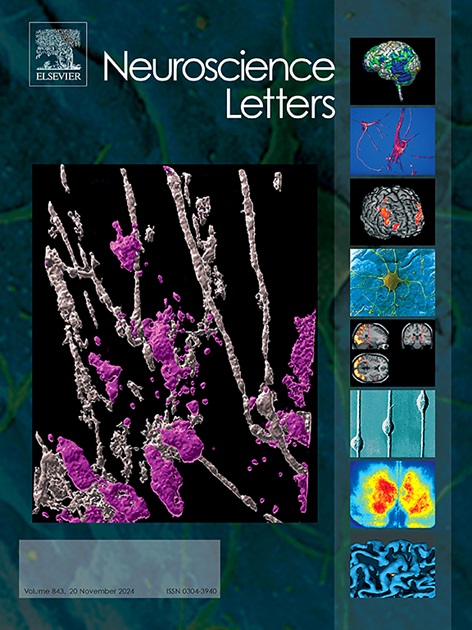Are cleft sentence structures more difficult to process?
IF 2.5
4区 医学
Q3 NEUROSCIENCES
引用次数: 0
Abstract
This study compares the processing of cleft structures against that of monoclausal sentences using event-related potential (ERP). We aim to understand how syntactic complexity is processed by comparing the neural response to cleft and single-clause sentences with identical verb phrases, controlling for verb bias frequency effects. Sixty participants were tested, and we presented 100 cleft and 100 monoclausal sentences, balanced for active and passive verb usage. We examined the P600 component, an ERP associated with syntactic complexity, to assess the processing of cleft structures. Results showed that cleft structures incur a greater processing load, as indicated by a larger P600, compared to monoclausal sentences. The P600 response indicates that processing cleft sentences requires additional syntactic operations, consistent with behavioral studies showing that clinical populations have difficulty comprehending complex sentences.
裂句结构是否更难处理?
本研究利用事件相关电位(ERP)比较了裂隙结构与单句句子的处理过程。我们旨在通过比较具有相同动词短语的裂隙句和单句的神经反应,了解句法复杂性是如何处理的,同时控制动词偏置频率效应。我们对 60 名参与者进行了测试,并呈现了 100 个裂隙句和 100 个单句,在动词的主动和被动使用方面进行了平衡。我们检测了与句法复杂性相关的 P600 分量,以评估裂隙结构的处理负荷。结果表明,与单音节句子相比,裂隙结构会产生更大的处理负荷,P600 表示这种负荷。这表明解析裂隙句所需的额外句法操作的处理难度增加了。这些发现与针对临床人群的句子理解行为研究结果相吻合。
本文章由计算机程序翻译,如有差异,请以英文原文为准。
求助全文
约1分钟内获得全文
求助全文
来源期刊

Neuroscience Letters
医学-神经科学
CiteScore
5.20
自引率
0.00%
发文量
408
审稿时长
50 days
期刊介绍:
Neuroscience Letters is devoted to the rapid publication of short, high-quality papers of interest to the broad community of neuroscientists. Only papers which will make a significant addition to the literature in the field will be published. Papers in all areas of neuroscience - molecular, cellular, developmental, systems, behavioral and cognitive, as well as computational - will be considered for publication. Submission of laboratory investigations that shed light on disease mechanisms is encouraged. Special Issues, edited by Guest Editors to cover new and rapidly-moving areas, will include invited mini-reviews. Occasional mini-reviews in especially timely areas will be considered for publication, without invitation, outside of Special Issues; these un-solicited mini-reviews can be submitted without invitation but must be of very high quality. Clinical studies will also be published if they provide new information about organization or actions of the nervous system, or provide new insights into the neurobiology of disease. NSL does not publish case reports.
 求助内容:
求助内容: 应助结果提醒方式:
应助结果提醒方式:


